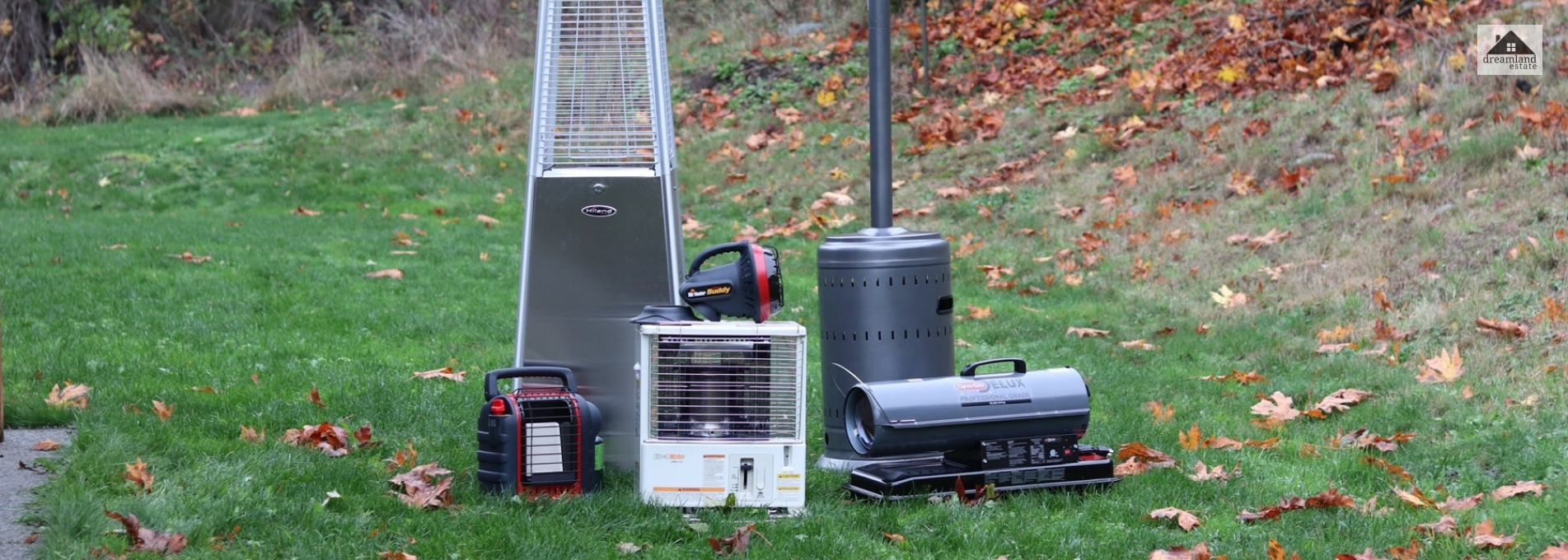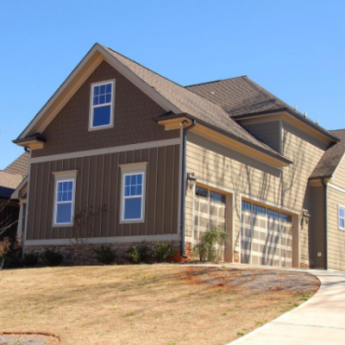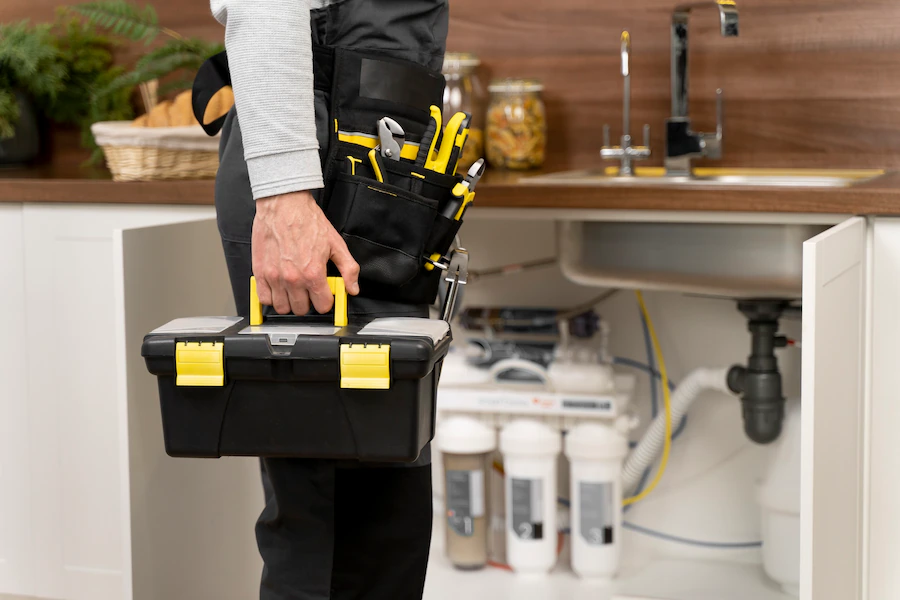Top 10 Non Electric Heater Sources That Are The Best Alternatives To Regular Electric Heaters

Well, if you are here reading this article, you and I both know what you are looking for.
We are so dependent on electricity that we tend to forget that there might be emergencies that will restrict the electric service in our house. With thunderstorms or cyclones lurking around, a power cut will not be a surprise.
During the winter times, it becomes unbearably cold. Imagine spending a night where you cannot even turn on the home heater because of a power cut due to a snowstorm.
Daunting right?
The possibilities are high.
In cases like these, what you really need is a non electric heater that wouldn’t care if electricity is available and will give you the basic comfort that you need during the chilly winter nights.
In this article, I will be talking about the best types of non electric heaters that will not cost you lots of bucks and are easily available in the market.
What Is A Non Electric Heater?
In simple terms, a heater that does not require electricity to operate is an electric heater. It usually works on natural gas or propane, which works as a fuel source.
Because they do not need any electricity to function, it makes them a great alternative to traditional electric heaters.
Non Electric Heater Benefits
During power outages, non electric space heaters are the ultimate saviors and come in really handy. A non electric heater is a great source when you don’t have a fireplace in your home
and electricity is gone too.
A non electric heater is the best for outdoor use.
Why? It is because most non electric heaters have the potential to release carbon monoxide gas which is very toxic to human health. In case you are using a non electric heater indoors, make sure your house has proper ventilation because the lack of it may cause Carbon Monoxide poisoning, which will result in death.
However, as long as you are taking the proper measures and being careful, you are good to go with a non electric heater.
Non Electric Heater Sources That You Can Use
Here is a list of the ten best alternative non electric heater sources that you may want to look through:
- Indoor Kerosine Heater
- Pellet Stove
- Propane Heater
- Catalytic Heater
- Burner Can
- Soapstone Heaters
- Passive Solar Heating
- Wind Systems
- Home Insulation
- DIY Heater
Let us know in depth what these heaters are, and figure out how beneficial they are for your emergencies.
1. Indoor Kerosine Heater
A kerosine heater is one of the best and easily available types of non electric heater that you can get your hands on. These heaters are easily available in the market.
However useful they may be, you will still have to be extra careful while using them. Make sure there is proper ventilation. Try and put the heater beside a window from where the smoke can easily pass out and will prevent the toxic fumes from accumulating inside your room.
2. Pellet Stove
A pellet stove is an effective alternative when it comes to getting a non electric heater source in case of power outages. It functions on pellet fuels that are created from recycled wood shavings or sawdust.
There are a variety of styles and sizes to choose from, which allows you to get the best option depending on your home.
Burning pellets can generate a sufficient amount of heat without releasing any toxic chemicals into the air.
Although pellet stoves are relatively more expensive than a fireplace or wood stoves, they are also efficient and use clean fuel, which is worth every penny.
3. Propane Heater
A propane heater offers an effective way to warm a room without even using electricity. The
newer models even provide an efficiency of up to 99%. They are not just affordable but also convenient heating alternatives.
They can quickly heat up a medium to large space while using liquid propane as a source of fuel.
When you use a propane heater, make sure you have taken all the required safety precautions, including proper propane storage tanks and proper ventilation when the heater is functioning.
Do not forget to check for oxygen depletion and other overheating features while purchasing a propane heater.
4. Catalytic Heater
A catalytic heater will make use of propane or natural gas and a catalyst to operate. Generally, a catalyst is an electrically charged, platinum-coated plate.
A catalytic heater is safe for indoor use as they give out heat without flames. Still, for safety purposes, you can put them beside any half-open window.
Although it is a non electric heater, the charges for maintenance are the same as any other heating source.
5. Burner Can
A biofuel burner can is yet another available option that you may avail during a power outage. You can either use it to heat up your wood or just leave it on for a while, and it will simply heat your space.
You must follow the safety precautions and keep it away from places where the kids can easily reach.
6. Soapstone Heaters
It may sound like a very unconventional way to heat your home with a soapstone heater, but it really works.
Soapstone readily absorbs heat and radiates it back to you to generate heat. You can put it somewhere near your heating source, and it will generously heat your room in no time.
7. Passive Solar Heating
This system absorbs the solar heat within the elements of the building. You can use this heat later to warm your home when there is not adequate sunshine available and maintain a comfortable temperature in the room.
8. Wind Systems
An electric wind system is a great alternative to heat sources during power outages.
It works similarly to a commercial one where it captures the wind energy to convert it to electricity. This can later work as a source of electricity for your house appliances and other
heating devices.
9. Home Insulation
Before going for any alternative heat source, make sure you check if your home is properly insulated. Retaining heat during a power outage without efficient insulation will be tough.
A lack of insulation will not allow for your backup heating options to work properly, either.
10. DIY Heater
If there are no other options available, you can try to make your own DIY heaters. You can make use of candles. Put some candles inside a terracotta pot that will help to disseminate heat as clay is porous,
The air surrounding the pot will heat up, eventually warming up the room.
Wrapping Up
These were some of the non electric heaters that you can get your hands on when your typical HVAC system has failed, or there is a power outage. They are simple, effective, and cost-efficient at the same time.
Wait…before you leave, consider these top resources…











Leave A Reply